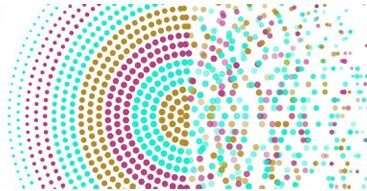Mitigating Confirmation Bias: Lessons from Thinking Fast and Slow

By Ramaa Muthukumaran
Confirmation bias, a cognitive tendency to favour information that aligns with one’s preexisting beliefs while disregarding contradictory evidence, has significant implications for in-service teachers. This can subtly influence how teachers engage with new educational theories, practices, and classroom data. This resistance to change can impede the adoption of evidence-based practices and perpetuate misconceptions, such as common “neuromyths” about learning. Daniel Kahneman’s seminal work, Thinking Fast and Slow offers valuable insights into understanding and addressing confirmation bias in education.
Kahneman describes two modes of thinking: System 1, which is fast, intuitive, and prone to errors, and System 2, which is slower, deliberate, and analytical. Teachers often rely on System 1 thinking in high-pressure situations like classroom management or lesson delivery. While efficient, this mode of thinking can amplify biases and lead to decisions based on intuition rather than evidence.
Encouraging educators to engage System 2 thinking— through reflective practices and structured decision-making—can help mitigate these biases and foster a more critical approach to teaching. Kahneman’s ideas also highlight the importance of reducing cognitive “noise” in decision-making processes within schools. Teachers and administrators can benefit from focusing on clear goals grounded in evidence rather than relying on intuitive judgments. Collaborative decision-making processes that bring diverse perspectives into discussions can further counteract individual biases.
Additionally, incorporating feedback loops into professional development programs allows educators to continuously refine their practices by identifying areas where biases may have influenced their decisions. Addressing confirmation bias is not just about improving individual teaching practices—it is about fostering a culture of continuous learning and evidence-based decision-making that ultimately enhances student outcomes. Structured reflection exercises are particularly effective in encouraging teachers to critically analyse their beliefs and evaluate evidence objectively. Moreover, fostering a culture of engagement with scientific research can help educators move beyond selective interpretation of studies that align with their preferences.